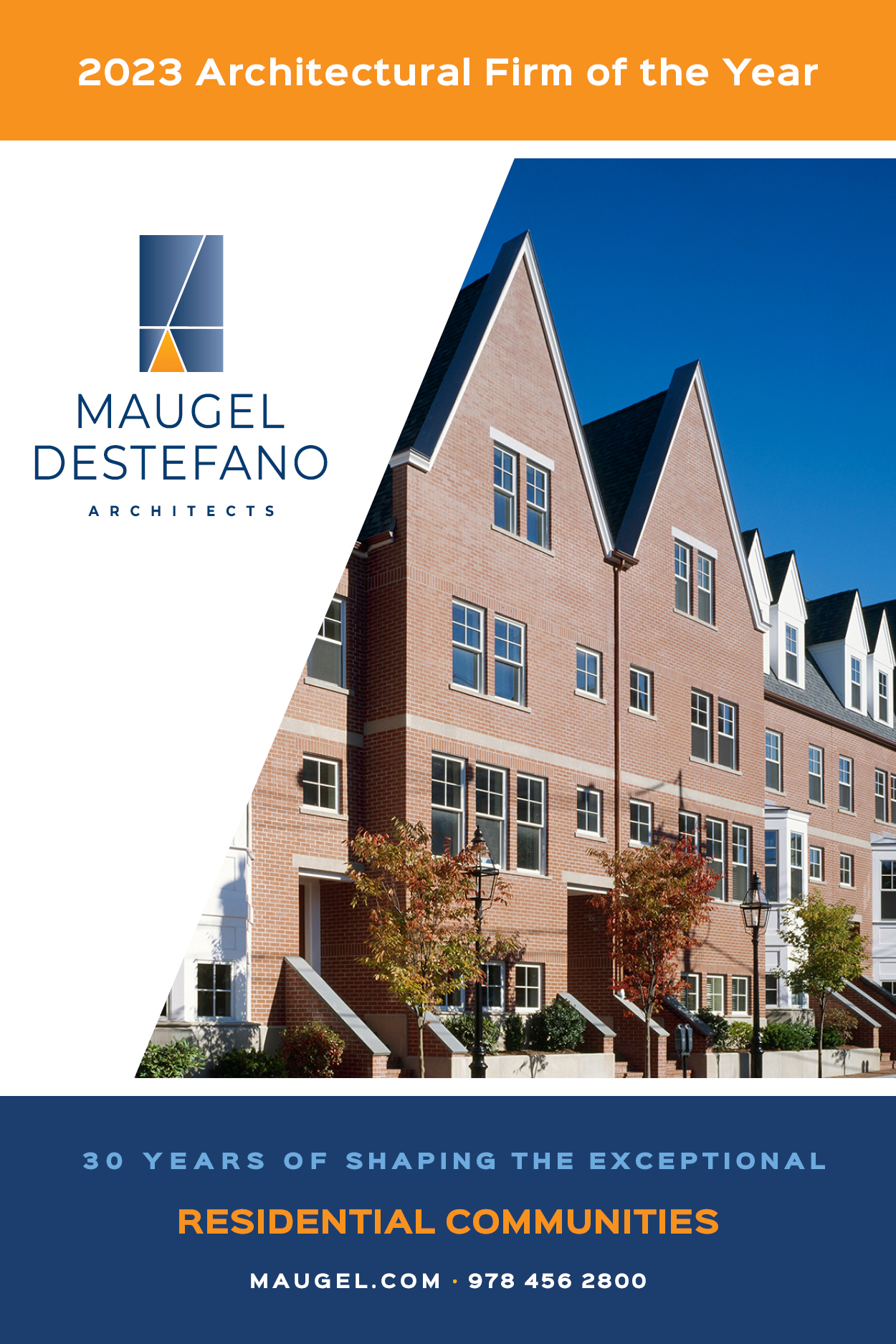WASHINGTON, D.C. – During its annual Greenbuild Conference & Expo, the U.S. Green Building Council (USGBC) announced it will provide funding for 500 people in underserved communities to earn their LEED professional credential. This commitment is designed to help build capacity and expertise for green building and is a key objective in USGBC’s draft equity strategy, USGBC All In: Building Equity Together, which was also released today during the Greenbuild Opening Plenary.
“Green building and equity go hand-in-hand, and we know that addressing and emphasizing sustainability through green building can provide communities with resources and opportunities that can help them reach their full potential,” said Mahesh Ramanujam, president and CEO, USGBC, Green Business Certification Inc. (GBCI) and Arc. “At USGBC, we believe that a sustainable future is meaningless without an equitable future. When we say USGBC is ‘all in,’ we mean we are committed to taking inclusive action to empower all people to reach their full potential and improve their standard of living regardless of race, class, gender, ability, age, health or economic status.”
USGBC All In is focused on addressing social, health and economic disparities through green building. The draft strategy outlines 12 priorities and commitments, and USGBC will solicit feedback on this strategy from key stakeholders and release its final strategy in the first quarter of 2021.
“Our goal is to create an environmentally and socially responsible world that improves quality of life for all, but to achieve that we need to look deeper, take bolder action and address some challenging questions as an organization and community,” added Ramanujam.
All In will work to engage member companies, organizations, project teams and individuals in sharing progress and lessons about how green building can play a role in addressing equity issues.
USGBC announced its intent to form an equity program at Greenbuild in 2019 and in May committed to accelerating that work as part of a new economic recovery strategy, Healthy People in Healthy Places Equals a Healthy Economy. This past summer, USGBC hosted a series of Equity Summits designed to be listening and learning opportunities that invited input and insights from leaders both within and outside of the green building community.
“These summits were a valuable first step in this important and necessary work and those that participated called on us to be clear in our beliefs and accountable in our actions,” continued Ramanujam. “The conversations pushed us to not only focus on recognizing leaders but finding ways to both ensure equity is embedded in everything USGBC does and to provide the tools and resources to help ourselves and others become effective allies and partners.”
USGBC is currently seeking feedback on several priorities outlined in the draft strategy that include, but are not limited to:
- Make LEED more accessible through Arc for All. LEED is the most widely used green building rating system in the world and USGBC aspires for all buildings to use LEED to transform the spaces where people live, learn, work and play. USGBC will offer Arc for All for free to projects from underserved and underrepresented communities to meet them where they are and help them take the incremental steps towards LEED certification.
- Evolve equity strategies in LEED. USGBC will refine and enhance the LEED intent, pilot credits, credits, regional priority credits and the integrative design process to ensure projects pursuing LEED certification prioritize and implement inclusive design, construction and operational strategies.
- Educate and develop a new workforce of green building leaders. USGBC will develop new credentials and certificates, commit to strengthening its current credentials and approach to equity and undertake an effort to build capacity for current and future credentials (including the LEED Green Associate and LEED AP) for those from underserved and underrepresented communities.
- Transform USGBC internal governance. USGBC will review and transform its governance structure including its board and committees, and the policies by which it operates, to include and empower those who have not historically been able to participate in shaping the vision for USGBC, GBCI and LEED. USGBC will also establish CEO Advisory Councils around the world to advise and support USGBC’s CEO on how to evaluate, evolve, implement and grow USGBC All In.
- Conduct research. USGBC will conduct periodic research and public opinion surveys to understand the effectiveness of All In, overcome any inherent biases and to ensure that everyone’s voice is included. USGBC believes that measurement leads to refinement, which leads to progress.
The All In priorities are foundational to USGBC’s mission and equity has been woven into its work over the past 25 years. However, USGBC recognizes it is time to accelerate organizational efforts around this topic, to double down and put budget and resources toward building a more inclusive vision and to create new pathways focused on equitable solutions that improve the standard of living for all. USGBC’s draft equity strategy is available for review and feedback can be submitted online.


















